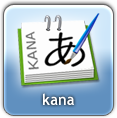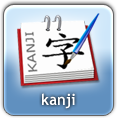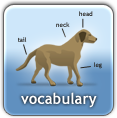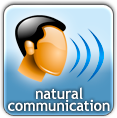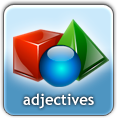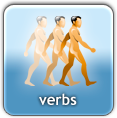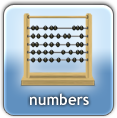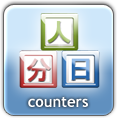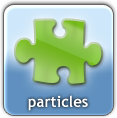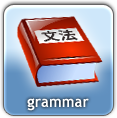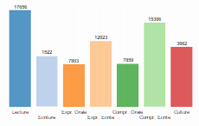| Grammar |
BASIC CONSTRUCTION
The basic Japanese sentence pattern is: “topic + WA (は) + information + DESU.” “Topic” indicates the main information of the conversation, what we are talking about. It may be a place, a person, an event, etc. The particle WA (は) is used to mark the topic in a sentence. This particle could mean “regarding” or “speaking about,” “as far as ... is concerned.” As any particle in Japanese, は is placed immediately after the element it’s related to.
Right after は, “information” is a data that we learn about the topic. This piece of information can be a noun, an adjective, etc. As for DESU (です), remember that it’s a marker for politeness and that it can often be translated as TO BE, even if that’s not always its real meaning (let’s keep things easy for now).
| Watashi wa nihonjin desu. |
| I am Japanese. |
| Sora wa aoi desu. |
| The sky is blue. |
Be careful not to mix up TOPIC and SUBJECT in the sentence. Even if it’s true that most of the time the topic will also be the subject, that’s not always the case. So don’t say that WA (は) indicates the subject, but that WA (は) indicates the topic. It’s quite possible that the direct object might be the topic of the sentence.
| Aucun commentaire |





